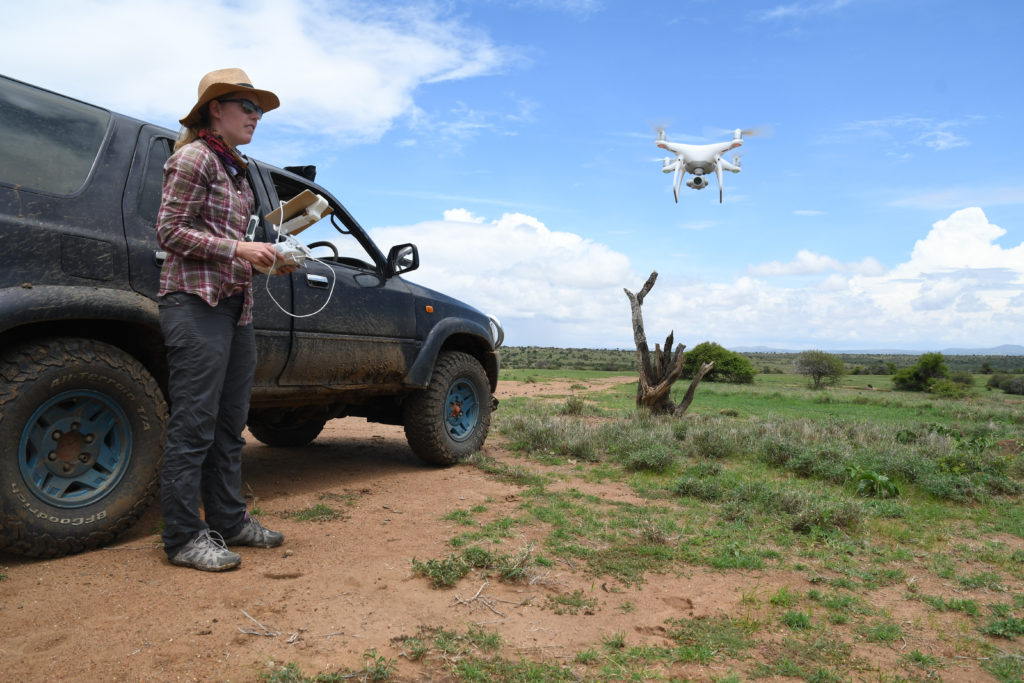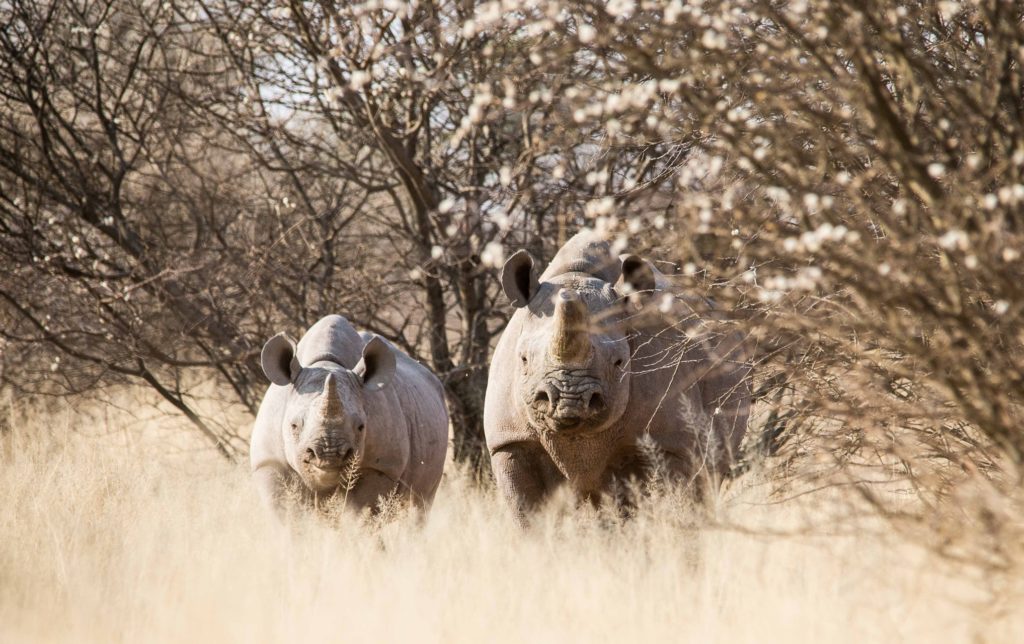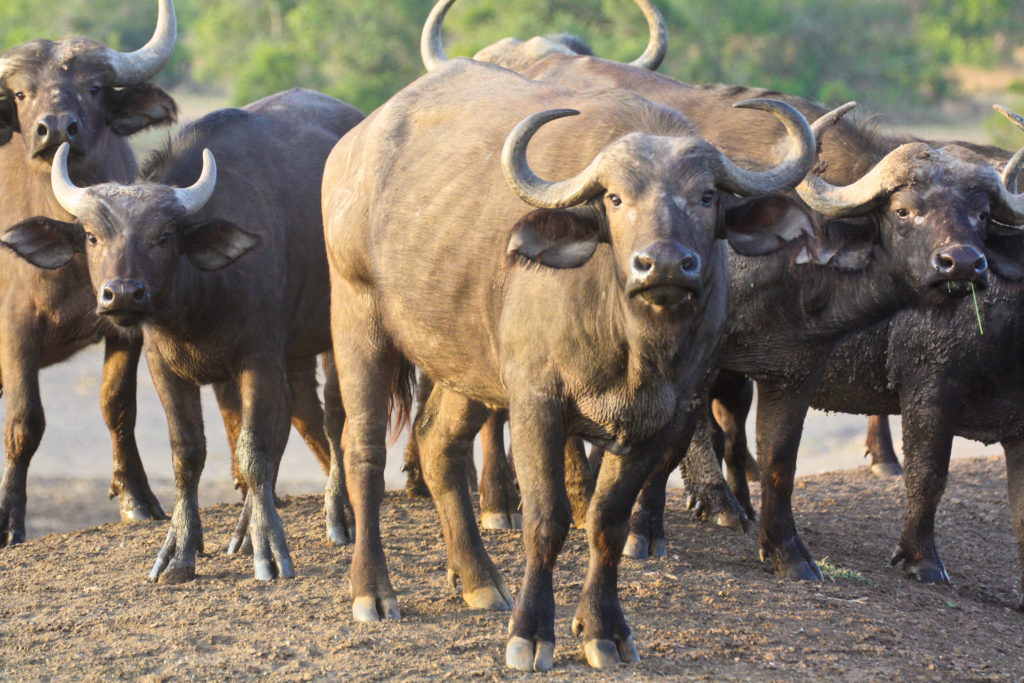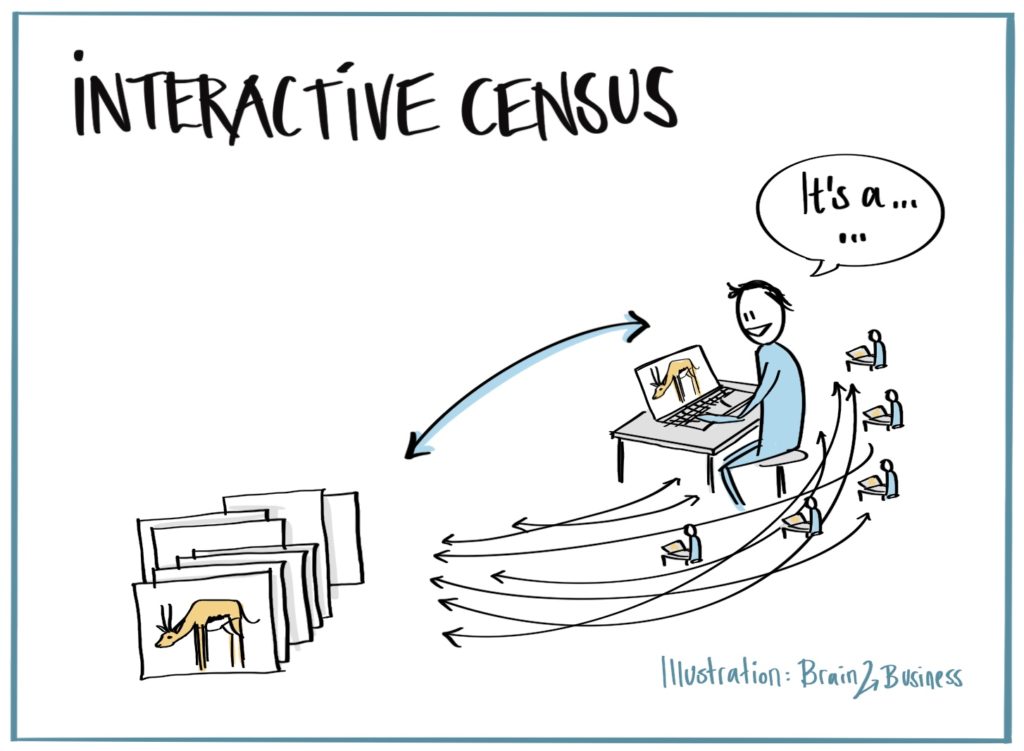Interactive Census Monitoring
Interactive Census Monitoring: The Accurate, the Generic and the Rare
State of the Art
Most computer vision models require expensive ground truth for training each time they are used over a new study area, which induces costly photo-interpretation. Crucially, most approaches separate the detection model and labelling stage, which likely results in unnecessarily high labelling efforts.
Innovations and Impact
Combine computer vision models and human annotators workflows in an interactive feedback loop . This feedback loop combines strengths from (i) computer vision models to filter large amounts of data in a short time, and (ii) human annotators’ field and ecological knowledge. This procedure allows the model and the human to reinforce each other, thereby accelerating censuses and minimizing human intervention requirements, which are reduced to a fraction. Overall, this will lead to one of the first interactive animal census frameworks.

Copyright by Max Planck Institute of Animal Behavior

Copyright by Kuzikus Wildlife Reserve

Copyright by Max Planck Institute of Animal Behavior
Objectives
Using imagery acquired in partner wildlife parks, DC11 will first explore the generalization strength of animal detectors and explore simple strategies to increase robustness to variations in acquisition conditions, thus highlighting requirements for stronger domain shifts. For those cases, domain adaptation methodologies that work in a multi-species setting and require minimal user input altogether will be researched. Strategies rooted in crowdsourcing, leveraging volunteers all over the world and local experts will be explored and software both effective and usable will be developed to be able to gather data in minimal amounts of time. Approaches for few-shot learning scenarios, where only few examples of the species are present in the new domain, will also be developed for rare sights (dead elephants (bodies or scattered bones), poachers, meat drying racks).
Expected Results
- Animal detection models readily applicable to multiple types of ecosystems and wildlife parks.
- Strategies to adapt them, should the dataset properties be too different.
- Few-shot learning models to cope with rare species being observed.
- Proof of concept of adaptability with censuses and counts of animals across African national parks.
Project Facts
Professor Devis Tuia, EPFL.
Kuzikus African Safaris (NA): Deploying the prototype.
Max Planck Institute of Animal Behavior (DE): Using the system for population estimations.
Get in touch
Contact us on WildDrone@sdu.dk



WildDrone is an MSCA Doctoral Network funded by the European Union’s Horizon Europe research and innovation funding programme under the Marie Skłodowska-Curie grant agreement no. 101071224. Views and opinions expressed are those of the author(s) only and do not necessarily reflect those of the European Union or the European Commission. Neither the EU nor the EC can be held responsible for them.

